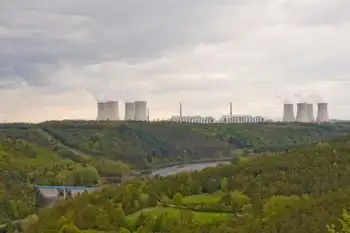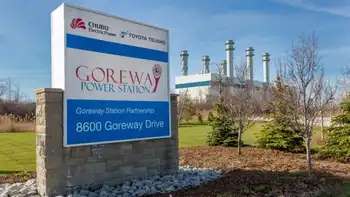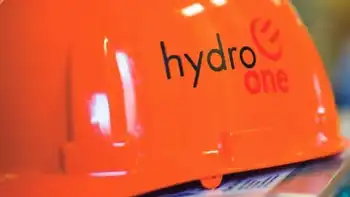North Carolina a top solar state for 2010
NORTH CAROLINA - Despite the still struggling economy, 2010 was the breakout year for solar power.
Although North Carolina is one of the nationÂ’s top solar states according to a report, another study found that the state could do a lot more to take advantage of renewable energy.
North Carolina has 30.7 megawatts of electricity available from solar power — enough to power more than 30,500 homes. Only eight states have more solar power available, according to the 2010 Solar Market Insight report from the Solar Energy Industries Association.
“States have really increased their support of solar,” said Monique Hanis, spokeswoman for the association. “The fastest growth is in those states that have additional policies that are pro-solar.”
In 2007, the North Carolina General Assembly passed a bill requiring 12.5 percent of utility kilowatt-hour sales to come from renewable energy by 2021, making it one of the majority of states with similar standards.
Hanis said standards like these have pushed the demand for solar energy upward.
Compared to U.S. GDP growth of 2.8 percent, the countryÂ’s solar market grew 67 percent in value in 2010, according to the report.
But because of high costs for these types of energy, many power companies are not investing in generating their own solar power — they are buying it from other companies.
“We don’t do any solar power generation ourselves,” said Progress Energy spokesman Scott Sutton. “But we do have a number of solar incentive programs that offer to feed that into the grid whenever possible.”
Progress Energy offers rebates to homeowners for installing solar panels on their roofs and also creates incentives for commercial clients to use solar, Sutton said.
Many companies and governments are following this trend, offsetting the high initial costs of installing solar because the long-term benefits weigh out, Hanis said.
Duke Energy received approval from the state to install solar panels on rooftops of some warehouses and facilities, said Paige Layne, spokeswoman for Duke Energy. The project will generate 10 megawatts of energy. Duke also buys solar energy from other partners across the country.
But money is still the main concern for both utility companies and clients, and that is an obstacle to solar power making a big dent in the dominance of traditional fuels.
“There’s still a significant gap between the most expensive fossil fuel and the cheapest solar fuel,” Sutton said.
Solar power costs went down 20 percent just last year so prices are becoming more equitable, especially with rising oil prices, Hanis said. But power companies make long-term contracts with fuel providers, so their prices donÂ’t fluctuate as much.
The North Carolina State Solar CenterÂ’s website outlines the rebates and incentives the state offers to energy companies and consumers for investing in renewable energy.
But the state still has not met its potential for renewable energy capacity, according to a study conducted at Duke University in March 2010.
“Even just beyond the fuel costs, even if solar was as cheap as natural gas, they are two completely different types of power that cannot be switched out,” Sutton said.
Solar and wind power generation is intermittent. Traditional power plants are running all the time, producing consistent energy, which solar and wind cannot do.
The late John Blackburn, professor emeritus of economics at Duke at the time he conducted the study, wrote that the drawbacks of solar and wind could be overcome by combining the two and spreading them across a wide area.
Solar and wind power combined would cover 76 percent of the stateÂ’s energy needs, according to the study.
Even though the state is not near that level of renewable energy generation, solar power does provide an important service, Hanis said.
“It does provide power, ideally, when you need it, which is peak times,” she said.
“It does provide stability in the grid during those times.”
Related News

Kaspersky Lab Discovers Russian Hacker Infrastructure
NEW YORK - A hacker collective known for attacking industrial companies around the world have had some of their infrastructure identified by Russian security specialists.
Kaspersky Lab said that it has discovered a number of servers compromised by the group, belonging to different organisations based in Russia, the US, and Turkey, as well as European countries.
The Russian-speaking hackers, known as Crouching Yeti or Energetic Bear, mostly focus on energy facilities, for the main purpose of stealing valuable data from victim systems.
Hacked servers
Crouching Yeti is described as an advanced persistent threat (APT) group that Kaspersky Lab has been tracking since 2010.
#google#
Kaspersky Lab said that…




